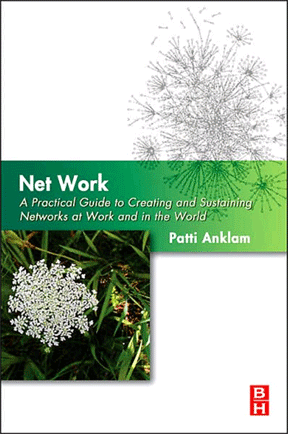The Leadership Learning Community hosted a very good webinar this afternoon with Eugene Eric Kim, who talked about the process to develop a movement-wide strategy for the Wikimedia foundation. He spoke to the central question, inherent in creating large networks, is how to position and leverage the planning process to engage the network itself. Slides are here.
What it comes down to is that the more people you engage in the strategic planning process itself, the more committed and active contributors you will have in the network going forward. Eugene summarized five basic principles:
- Focus on questions. Questions generate, but they also — and this I found very compelling — build capacity in the network. The goal of the planning process is not a detailed plan that lays out five years of specific work and activity, it is alignment around the mission, goals, and priorities. The power of the questions is that it helps to build that alignment.
- Create a space. I talk about space as one of the key elements of Style in Net Work
 . Locus — place, space, and pace — gives the network its feel, its sense of comfort, color, and continuity. The WikiMedia planning process was driven by many face-to-face meetings that defined what it meant to be in the network.
. Locus — place, space, and pace — gives the network its feel, its sense of comfort, color, and continuity. The WikiMedia planning process was driven by many face-to-face meetings that defined what it meant to be in the network. - It’s all about people. Identifying members, asking them in, building relationships. Eugene made an interesting planning point here. They used the 90-9-1 rule as a way to work through how many people they would have in the network and the number of people they would, in the end, count on being active. Across the Wikimedia landscape, there were some 700 projects, so starting with an estimate of 1 person per project led them to assume they would have 70 or so actual contributors. This turned out to be very close.
- Model transparently. Some people think that shifting to a network mindset means giving up control, but it is actually learning to share control. (In my leadership NetWorkShops, I emphasize leadership rather than control, but the focus absolutely on sharing.) All network leaders need to be open to change, but also to keep things moving toward that ultimate goal.
- Fail forward fast. Networks are complex. You can’t predict outcomes, and you often have to go with what you’ve got and to make adjustments as you go.
The result of the planning process Eugene outlined is the Wikimedia Strategic Plan. It’s a testament to the power of using a network: an elegant document that captures the alignment of 1,000 people who contributed in 50 languages. This network’s mission: Making a world in which every single human being can freely share in the sum of all knowledge. Now, that takes a network.



Thanks for participating, and thanks for the great blog post, Patti! One small correction: The purpose of the strategic planning process was to develop a movement-wide strategy, not to create the Wikimedia Foundation, which already existed and in fact funded the work.
Thanks for the correction, Eugene. I have fixed the post. Again, what a great bit of work and thank you for the seminar.
Pingback: Blue Oxen Associates » Followup to Strategic Planning for Networks Webinar